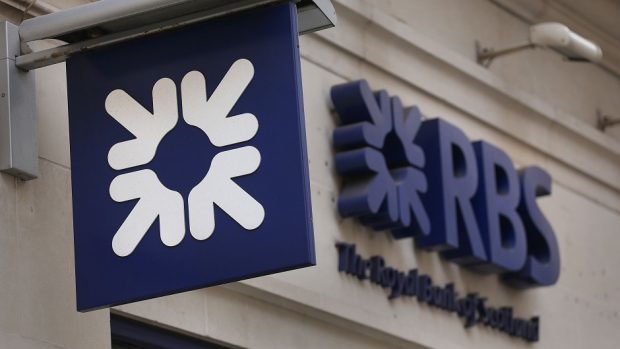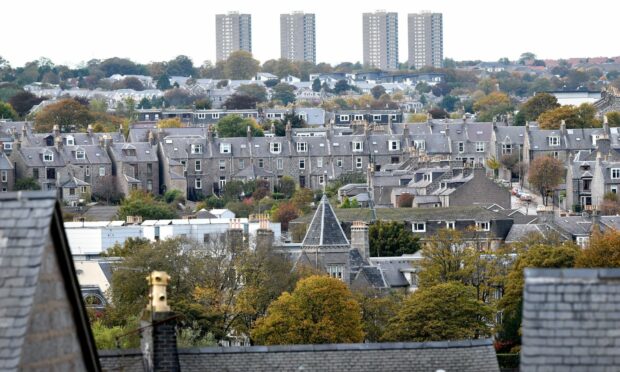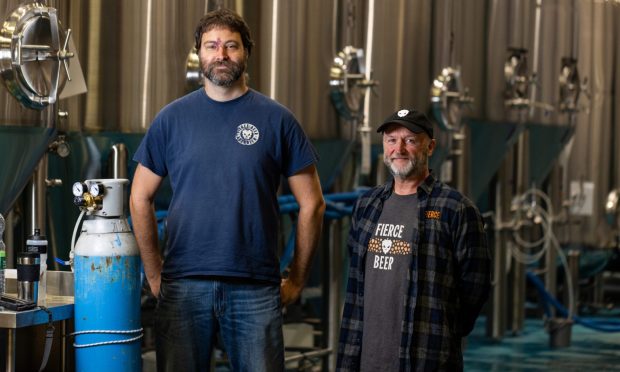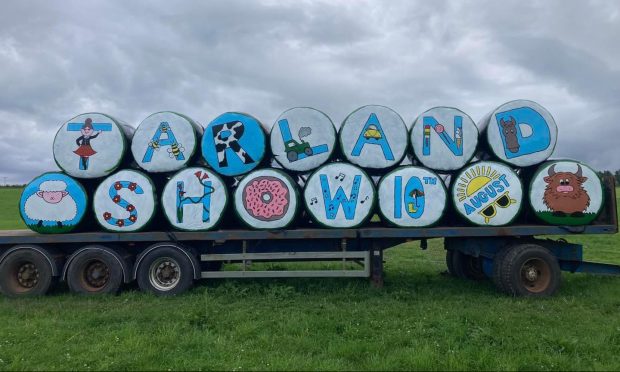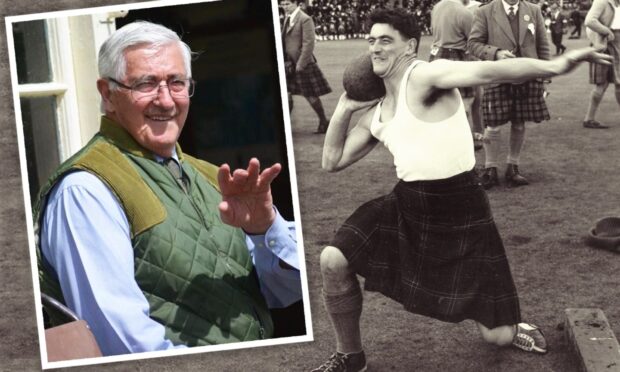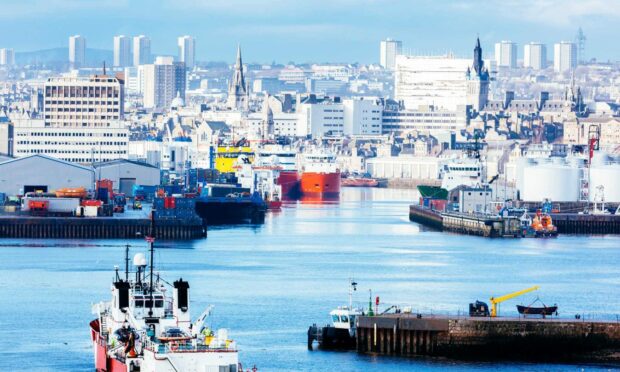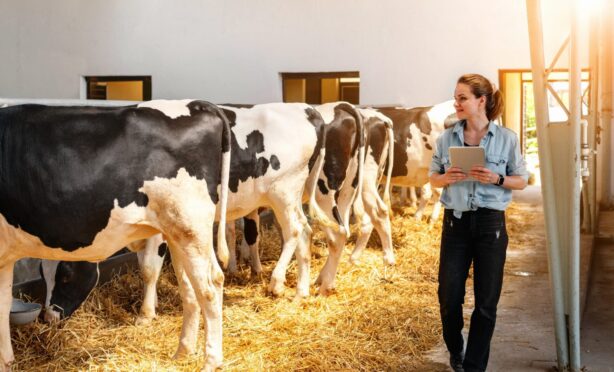A new report on Scotland’s economy suggests it is slowly but surely shaking off the oil and gas downturn and returning to modest growth.
But the Royal Bank of Scotland (RBS)’s latest Business Monitor also highlights a growing north-south divide, with central belt firms becoming more bullish on prospects as north and north-east companies continue to find trading conditions challenging.
The report is based on survey findings by Strathclyde University’s Fraser of Allander Institute – the same think-tank which earlier this week said the economy remained fragile and at risk of a Brexit plunging it into another recession.
RBS chief economist Stephen Boyle said yesterday the latest report and the earlier one from PwC were consistent in showing economic growth in 2016, though at a slower pace than many experts expected.
He added: “Until now, Fraser of Allander and other forecasters have perhaps been a little too optimistic about the prospects for Scotland.
“We are not saying the economy is going like a train but it does seem to be showing signs of an improvement.”
RBS says companies across the country expect to see an increase in business volumes, sales and repeat business during the next six months.
Despite continued concerns about the oil and gas sector, firms also expect exports to rise by the end of 2016.
One in three (35%) of 500 businesses surveyed reported increased new business volumes for the three months to May 31, with construction and financial services the strongest sectors.
Parts of Scotland with a strong association with oil and gas, or agriculture struggled, however, with north and north-east firms reporting no increase in new business volumes.
Nearly one-third (31%) of companies said the total volume of business fell during the quarter, compared with 30% which saw an increase, but the balance of minus 1% represents an improvement of 18 percentage points since three months ago.
A net 12% of firms said they expected total business volumes to rise in the six months to November.
Almost one-third (32%) said turnover fell during the latest quarter, compared with 31% which saw an increase. The balance of 1% on this measure is a marked improvement from minus 21% earlier this year.
The report says exports have proved challenging for all businesses, with the balance of growth and contraction negative for a fifth consecutive quarter.
RBS Scottish board chairman Malcolm Buchanan said: “The feedback suggests positive, if modest, confidence levels are returning to the Scottish business community.
“But we cannot be complacent – the disparity between sectors and even regions shows that we must do everything that we can to help businesses succeed and offer the support required to make sure any improvement has longevity.”
Fraser of Allander director Professor Graeme Roy said the report, which ignores next week’s EU referendum vote contained “grounds for cautious optimism.”
